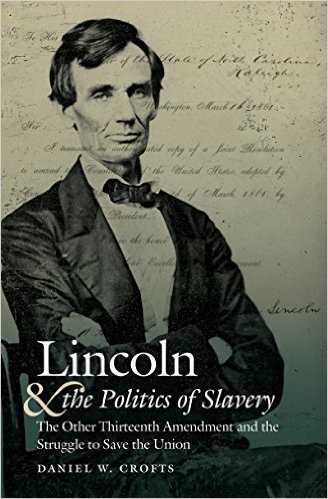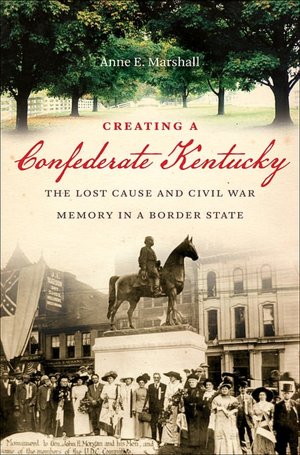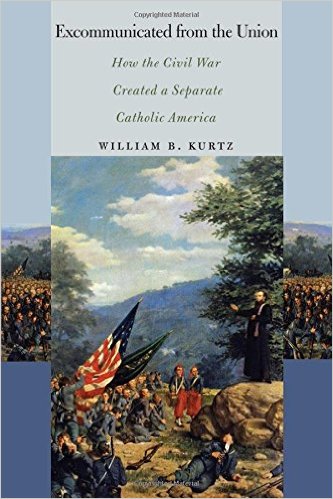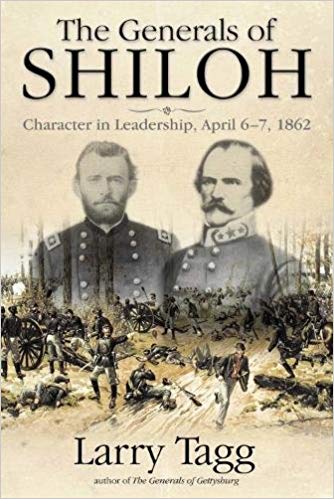Lincoln & the Politics of Slavery: The Other Thirteenth Amendment and the Struggle to Save the Union by Daniel W. Crofts. University of North Carolina Press, 2016. Cloth, ISBN: 978-1469627311. $35.00.
 Steven Speilberg’s 2012 film Lincoln was a masterpiece on many levels, especially in terms of acting and set design. The movie’s attempt to tell the story of Abraham Lincoln’s behind-the-scene efforts to achieve passage of the Thirteenth Amendment abolishing slavery in the United States was a worthy one, since many who saw the movie knew little about the amendment or of Lincoln’s role in its passage through Congress. Historians criticized the movie, however, for a variety of reasons. One criticism this reviewer had with the movie was that its subject was presented without context. Neither did the campaign for such an amendment arise suddenly after Lincoln’s reelection, nor was it part of Lincoln’s agenda from the beginning of his presidency. Of course, one can understand why there wasn’t mention of the 1861 thirteenth amendment fight in the movie. It would have complicated the image of Lincoln projected by the movie as well as confused moviegoers if they learned that four years earlier, Lincoln had supported another amendment that guaranteed slavery’s existence in the Southern states. While many among the general public know little if anything about the first thirteenth amendment, this is not the case with Lincoln scholars and Civil War historians. Yet, despite the thousands of books written about Lincoln, not to mention the scores of publications on the events leading up to the Civil War, scholars have virtually ignored the original thirteenth amendment fight and Lincoln’s role in it. Daniel W. Crofts fills this void with his compelling book, Lincoln & the Politics of Slavery.
Steven Speilberg’s 2012 film Lincoln was a masterpiece on many levels, especially in terms of acting and set design. The movie’s attempt to tell the story of Abraham Lincoln’s behind-the-scene efforts to achieve passage of the Thirteenth Amendment abolishing slavery in the United States was a worthy one, since many who saw the movie knew little about the amendment or of Lincoln’s role in its passage through Congress. Historians criticized the movie, however, for a variety of reasons. One criticism this reviewer had with the movie was that its subject was presented without context. Neither did the campaign for such an amendment arise suddenly after Lincoln’s reelection, nor was it part of Lincoln’s agenda from the beginning of his presidency. Of course, one can understand why there wasn’t mention of the 1861 thirteenth amendment fight in the movie. It would have complicated the image of Lincoln projected by the movie as well as confused moviegoers if they learned that four years earlier, Lincoln had supported another amendment that guaranteed slavery’s existence in the Southern states. While many among the general public know little if anything about the first thirteenth amendment, this is not the case with Lincoln scholars and Civil War historians. Yet, despite the thousands of books written about Lincoln, not to mention the scores of publications on the events leading up to the Civil War, scholars have virtually ignored the original thirteenth amendment fight and Lincoln’s role in it. Daniel W. Crofts fills this void with his compelling book, Lincoln & the Politics of Slavery.
A well-written and exhaustively researched study, Lincoln & the Politics of Slavery is divided into four parts. The first examines the rise of the political anti-slavery movement, with special emphasis on the activities of Joshua Giddings, Salmon P. Chase, and Charles Sumner and the growth of the Republican Party in the 1850s. The party, Crofts argues, was dominated not by radicals espousing abolition but by moderates, such as Abraham Lincoln, who concentrated their efforts on keeping slavery out of the territories while respecting the Constitutional protection of slavery in states where it existed. As Crofts notes, most Republicans distanced themselves from abolitionists. Thus, it was not surprising that during the critical period between Lincoln’s election in November of 1860 and his inaugural on March 4, 1861, many Republican leaders, including Lincoln and William H. Seward, were willing to support a Constitutional amendment that would protect slavery in the states where it existed to avert a civil war. The remaining three parts of Crofts book explore the origins, debates over, and passage of the would-be thirteenth amendment. Crofts concludes the book with two epilogues and a bibliographical postscript. In the last mentioned section, Crofts takes various Lincoln scholars and historians of American slavery to task for either distorting or overlooking completely the story of the 1861 thirteenth amendment, despite Lincoln’s public declaration of support for the amendment in his first inaugural address.
Historians have ignored or downplayed the first thirteenth amendment, Crofts avers, because it complicates the narrative that promotes Lincoln and the Republican Party as following an abolitionist agenda before the war. This narrative is a distortion, according to Crofts, because it presents history from the viewpoint of our own values and imposes on Lincoln and other Republicans agendas they did not pursue in 1861.
When Lincoln indicated his support for such an amendment in his first inaugural address, it was more than a half-hearted gesture, argues Crofts. Evidence strongly suggests, he claims, that William H. Seward, as well as Lincoln, worked actively behind the scenes to achieve passage in Congress. In fact, it seems that Seward and Lincoln resorted to the same arm-twisting patronage game to bring wavering congressman over to their side in 1861 that they used so effectively four years later when fighting for the Thirteenth Amendment.
That Lincoln scholars (at least those who have been active in the last thirty years or so) have virtually ignored Lincoln’s involvement in the attempt to pass a thirteenth amendment in 1861 may not be due to blind admiration or discomfort with an unacceptable narrative. There are few Lincoln scholars today who adhere to the “Lincoln, the Great Emancipator from day one” school. In the view of this reviewer, most Lincoln scholars would deem Lincoln’s actions regarding the first thirteenth amendment as keeping with his stated intentions. By agreeing to an amendment protecting slavery where it already existed, Lincoln was conceding nothing. As he had stated on several occasions, including his first inaugural address, Lincoln harbored no thoughts of interfering with slavery because he believed, as did many Republicans and some abolitionists, that he was prevented from doing so by the Constitution. When war did break out, Lincoln’s sole purpose was to reunite the country, not to abolish slavery. The greatness of Lincoln lies in his evolution from a moderate Republican fighting only to restrict slavery’s extension to a more Radical Republican fighting for its abolition.
Crofts provides a long-overdue study of the stillborn attempt to enact the first thirteenth amendment. Despite some of my minor quibbles with this work, I highly recommend it.
Thomas A. Horrocks is an independent scholar and the author of Lincoln’s Campaign Biographies.



